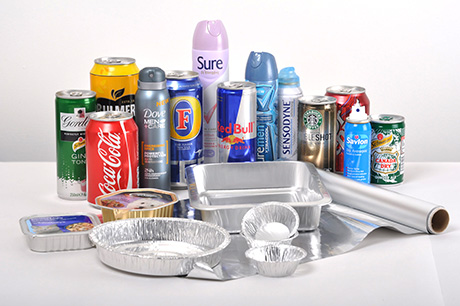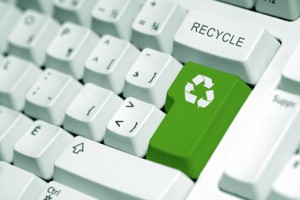Aluminum recycling is the process of reusing scrap aluminum after its intended use has been achieved. It is involves the process of melting the scrap aluminum and making it into new aluminum products.
There are lots of sources of scrap aluminum including boats, computers, air vessels or aircrafts, cars, bicycles, cooking ware, wires, sidings and gutters among others. One of the largest sources of scrap aluminum is the beverage industry which mostly makes use of aluminum beverage cans.
Aluminum recycling has loads of benefits and advantages. Firstly, it is a good way to save the environment. Recycling aluminum scraps prevents tons of scrap material from being sent over to landfills where they are left to rot for years. Second, aluminum recycling saves energy and other resources. The creation of new aluminum cans make use of bauxite ore which needs to be mined. It consumes a lot of energy to create and costs a lot too. Recycling aluminum scraps, however, won’t need newly mined bauxite ore and will only need the re-melted aluminum scraps. The creation process also only consumes 5% of the energy consumed in creating new aluminum cans.
Aluminum is considered one of the most recyclable materials. Studies show that there is no limit as to how many times aluminum can be recycled. This means that as long as there are aluminum scraps, there is no need to create new aluminum products by mining bauxite ore or spending countless amounts of energy for its creation.
Aluminum cans, for example, are 100% recyclable. The amount of days it takes for an aluminum can that one has just tossed into the bin is also just 60 days. In roughly a couple of months, a single tossed aluminum can will become a newly recycled aluminum can without you knowing it! It is said that the United States throws away enough aluminum scraps to make a commercial air fleet every three months.
Aluminum recycling is a fairly easy process. For aluminum cans, the recycling process starts with the cutting process. The aluminum cans are cut into little equal pieces to lessen the volume and for the machine to efficiently sort them out. The cut out little pieces are then cleaned through chemical or mechanical means. After the cleaning process is the melting process. The thoroughly cleaned little aluminum pieces are 650 to 850 degrees Celsius to produce molten aluminum. The molten aluminum is then casted into whatever product desired including rods, large slabs and powder among others. The casted product is then forwarded to other facilities to create a newly recycled aluminum can.


